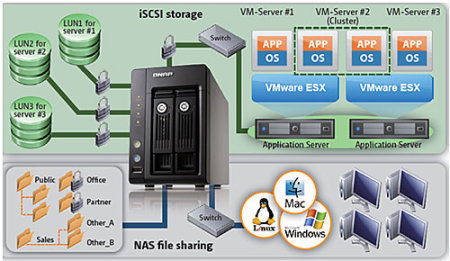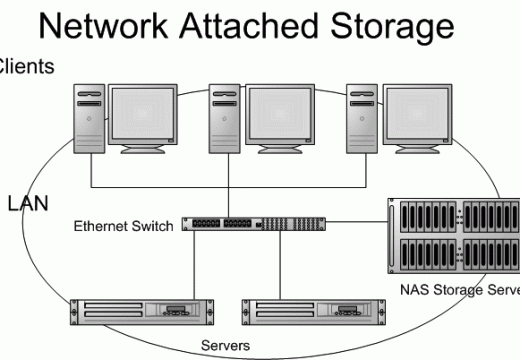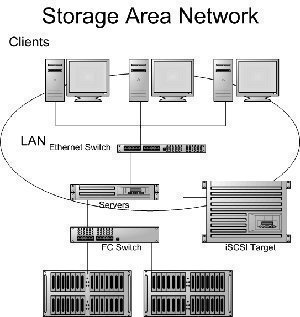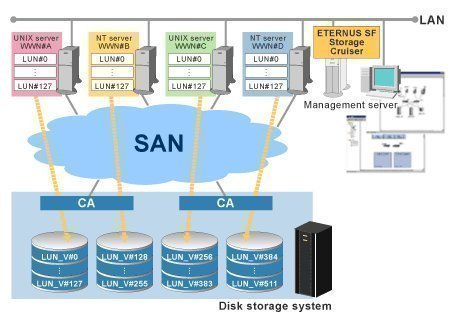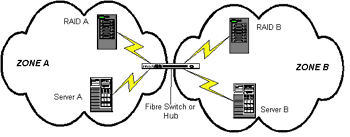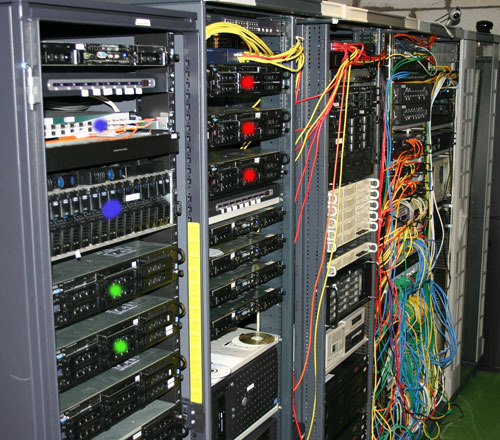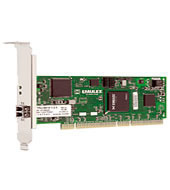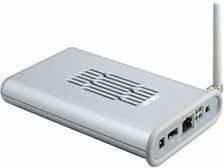iSCSI vs NAS
iSCSI (Internet Small Computer System Interface) is an IP-based storage networking standard that allows users to access data stored on a remote server from a number of computers within a specific network by linking computers over the Internet. It transfers data over local area networks, wide area networks, and the Internet. iSCSI places a shortcut …

